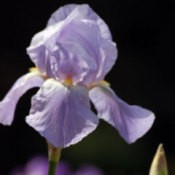
How to Grow Bearded IrisesThere is no shortage of reasons to fall in love with Bearded Irises. They come in hundreds of stunning colors and color combinations, they grow happily in all but the hottest and coldest zones, they have a tendency to fill out their corner of the flower garden rapidly.
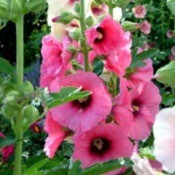
Growing HollyhockThe hollyhock is a relative to the hibiscus. Children adore making dolls out of hollyhocks. Use a flower for the skirt. Use a bud to top the skirt with a head (attach with a toothpick) and put another flower on the head to serve as a bonnet.
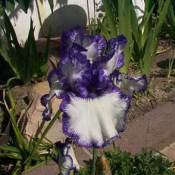
Growing Bearded IrisBearded Irises are especially susceptible to borers. Symptoms include smelly, rotting rhizomes and larvae snacking on leaves. Giving plants full sun in a well-drained location and making sure irises are planted so rhizomes are on or above the soil surface will help prevent attacks.
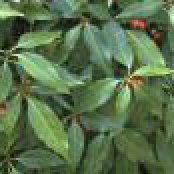
Growing Japanese AucubaThe Japanese Acuba is very pollution and drought tolerant making it a good choice for seaside landscaping. Fertilizing in spring will encourage berry production.
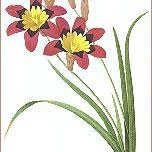
Growing Harlequin FlowerHarlequin flowers prefer a southern exposure. These plants are not drought tolerant, so keep soil moist until foliage dies back after flowering and the bulbs go dormant.
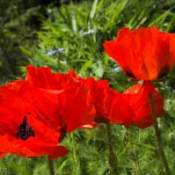
Growing Oriental PoppyTo be certain you get the color you prefer, unlike other poppies, it's best to buy Oriental poppies from nurseries. Plants will spread some, but prefer not to be disturbed.
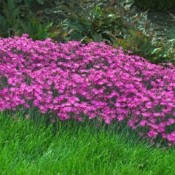
A Look at the 2006 Perennial Plant of the Year!When shopping for perennial bedding plants this year, you can expect to see a lot of plant labels marked 'Cheddar Pink'. That's because the Perennial Plant Association awarded Dianthus gratianopolitanus (also known as 'Feuerhexe' or 'Firewitch') the 2006 Perennial Plant of the Year.
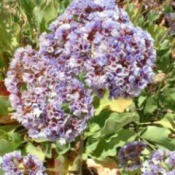
Growing StaticeStart seeds indoors 6 to 8 weeks prior to last frost date or sow directly outdoors in spring after danger of frost has passed. Plants may be divided in the spring or cuttings can be taken when dormant in mid-winter and grown in pots indoors or in a cold frame until transplanted in the spring...
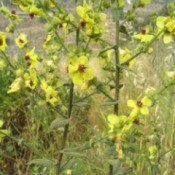
Growing: Verbascum (Ornamental Mullein)Mulleins are somewhat deer resistant. These flowers are also said to have medicinal properties that ease digestive ailments. Widely distributed throughout the United States, wild species of common mullein are considered an ecological threat and a highly invasive species...
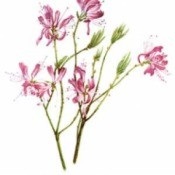
Growing Rhododendrons (and Azaleas)Spring and fall are the best times to purchase and plant azalea and rhododendron clumps. If you buy whole balled or burlap wrapped plants, late summer is the best time for planting. You can grow both of these plants from 4 " cuttings taken in late spring and early summer.
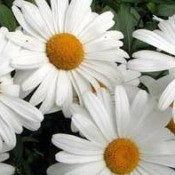
Growing Shasta DaisySow seeds directly into the garden in spring for flowers the following summer. Purchase plants from the nursery for first year blooms. Remove spent flowers to extend blooming period and divide clumps every 3 to 4 years after they finish flowering.
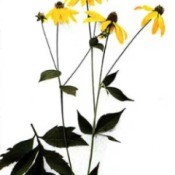
Growing RudbeckiaPurchase plants in spring or start them from seeds sown directly into the garden in the spring or fall. Seeds can also be sown in pots in early spring or fall and set outdoors in a protected location. The exception is Gloriosa seeds.
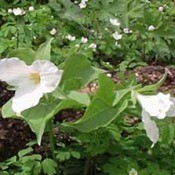
Growing: Snow Trillium (Wake-Robin)Plant rhizomes in the fall 2 to 4 inches deep and 5 to 8 inches apart. Apply mulch to protect plants from the cold. If you have patience, seeds are in the form of berries and can be separated from the pulp and planted in the fall when they become ripe. They take two years to germinate and another two years to flower...
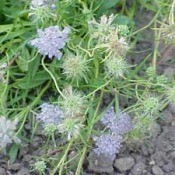
Growing Scabiosa (Pincushion Flowers)Purchase plants or start from seeds sown indoors a few weeks before your last frost date or sow them directly into the garden after the danger of frost has passed. Scabiosa is a low maintenance plant, but does not tolerate soggy soil-especially during the winter...
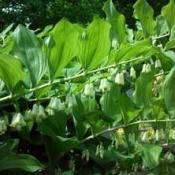
Growing Solomon's SealSolomon's seal is native to North America and well-suited to growing in the coniferous forests of the Northeastern and Southeastern United States as well as deciduous woodland and prairie environments. Plants tend to be deer resistant...
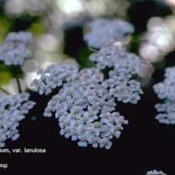
Growing YarrowStart with purchased plants or sow seeds indoors in early winter if you want plants to flower the first year. Deadhead flowers to prolong blooming period and divide them every 3 to 5 years in the spring or fall if they get crowded...
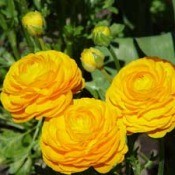
Growing: RanunculusClaw-shaped ranunculus tubers come in different grades (sizes). The largest and most popular are called jumbos. They are 2 1/2 to 3 1/8 centimeters in circumference and will produce up to 35 flowers per bulb. Spring-planted ranunculus will bloom in June or July...
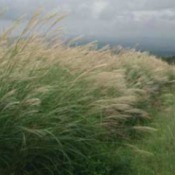
Growing Ornamental GrassesGrowing requirements vary by grass type. Care should be taken to provide adequate space for growth, without allowing grasses to take over your garden. Ornamental grasses should be spaced as far apart from other plants as they are tall....
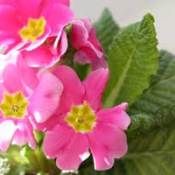
Growing PrimrosePurchase plants in spring or grow from seeds sown in pots in early spring or fall. If plants start to lose vigor they probably need to be divided. Once their flowering period starts to end, dig up and divide crowded plants...
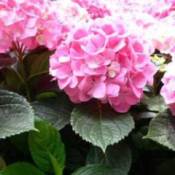
Growing HydrangeaPlant in spring or early fall from cuttings or purchased plants. Dig holes as deep as the existing root ball, but three times wider to accommodate the lateral spreading roots...
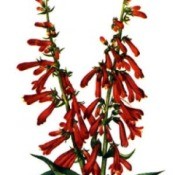
Growing Penstemon (Bearded Tongue)Purchase plants in summer while in bloom to ensure you get the color you want. Water regularly during the first season. Once plant is established it will be fairly drought tolerant. In warmer zones, cut back spent stems to encourage a second wave of flowers in late summer to early fall.
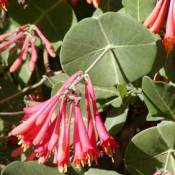
Growing HoneysuckleThere are over 180 species of honeysuckle shrubs and vines growing in a variety of habitats. Growing requirements will vary some according to species. Generally speaking, purchased plants or rooted cuttings are best planted in the fall.
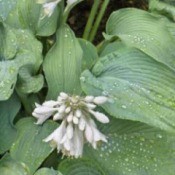
Growing HostaSlugs are common pests to Hostas and can munch large, unsightly holes in their leaves. Creating a barrier of coarsely crushed eggshells around the base of plants will make slugs think twice about crossing.
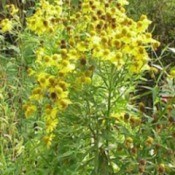
Growing: Helenium (Sneezeweed, Helen's Flower)Purchase plants from nurseries in summer and fall or start seeds indoors several weeks before last frost date in the spring. Plants should be spaced 12 inches apart and mulched with 3 inches of compost around their base to help keep their roots moist...
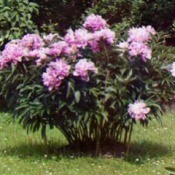
Growing: PeonySome peonies secrete a nectar to attract ants, which in turn help them open their dense double flower heads. Once open, the ants disappear...
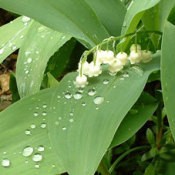
Growing Lily-of-the-ValleyStart with purchased plants in early spring or fall. Plants should be spaced about 4 inches apart. Plants will benefit if mulched with 2-3 inches of compost to keep soil moist...
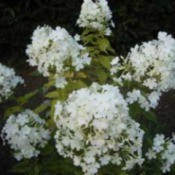
Growing PhloxSeveral species of phlox are commonly grown in the gardens of North America. Moss phlox is a low growing variety that thrives in full sun. Wild blue phlox and creeping phlox both form broad clumps of fragrant flowers suitable for shade gardens. Tall garden phlox needs staking and is most susceptible to powdery mildew. Annual varieties can be grown from purchased transplants or seeds sown directly into the garden several weeks before your last frost date...
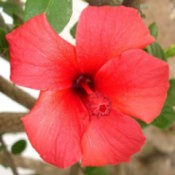
Growing HibiscusRegular pruning keeps plants shapely and invigorated. New growth starts below any cuts made, so plan accordingly when stepping back to assess the plants overall shape.
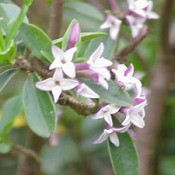
Growing EpimediumPlant from purchased seedlings in spring or fall or by division from mature plants in mid summer. Space plants 8 to 10 inches apart in moist, well-drained soil.
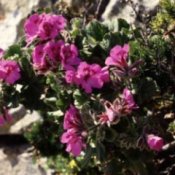
Growing GeraniumThe best way to start geraniums is by purchasing plants, because seeds take around 5 months to flower. After acquiring one plant, take 4-inch cuttings and keep them as house plants over winter until transplanting them in the spring after danger of frost has passed.
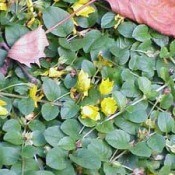
Growing Creeping Jenny (Moneywort, Creeping...Purchase seedlings or transplant from establish plants anytime during the growing season. Plants spread rapidly and should be spaced at least 12 to 18 inches apart. Flowers appear in midsummer and last several weeks.
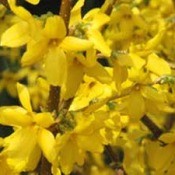
Growing ForsythiaPurchase plants or start with softwood cuttings from new growth in late spring or early summer, or semi-hardwood cuttings in mid to late summer. Plants can also be propagated over winter by layering.
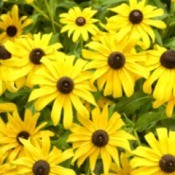
Growing Black-Eyed Susan (Rudbeckia)Purchase plants in the spring or start your own by sowing seeds directly into ground or into pots in the early spring or late fall. Seeds need light to germinate so don't cover them, but press them gently into the surface of the soil.
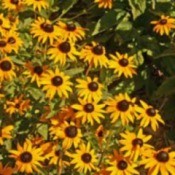
Growing Gloriosa DaisySow seeds directly into the garden in the spring two weeks before the last frost date, or start seeds indoors several weeks before the last spring frost date. Don't cover seeds with soil as they need light to germinate, just press seeds lightly into the surface of the soil.
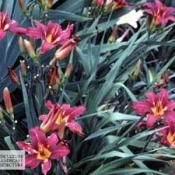
Growing DayliliesDaylilies are one of the hardiest and easiest perennials to grow. Although the flowers are only open for one day, each plants produces lots of buds and many varieties bloom continuously over the entire season.
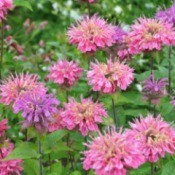
Growing Bee BalmPurchase a young plant or sow seeds directly outdoors two weeks prior to the last spring frost date or in early fall at least two months before the first frost date.
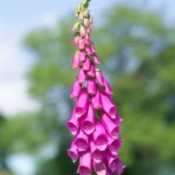
Growing FoxgloveThe name "foxglove" is derived from folklore, where as one story goes, the plant was originally called folk's glove, the "folks" being woodland fairies and elves. The fairies and elves distributed the flowers to foxes so they could wear them as gloves while raiding henhouses...
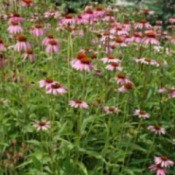
Growing Coneflower (Echinacea)Sow seeds in pots. Set the pots outside over winter or cold treat them for a month before moving them to a warm place to germinate.
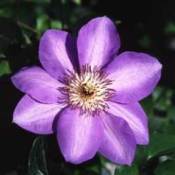
Growing ClematisClematis do not wrap their stems around a support while they climb. Instead, their leaf stems reach out for objects to wrap around-preferably structures made from wood or metal pieces less than 1 inch across...
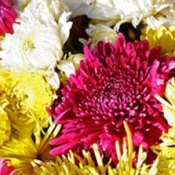
Growing Chrysanthemum (Mums)Mums can be grown as perennials if cold-hardy cultivars are chosen. Although often planted in late summer and treated as annuals, setting them out in the spring will ensure they have enough time to establish roots to survive harsh winters...
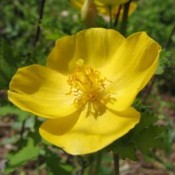
Growing Celandine Poppy (Wood Poppy)Plants should not be allowed to dry out between watering. They tend to be quite prolific if planted in good soil and grow best when planted in locations toward the sunnier side of the shade spectrum...
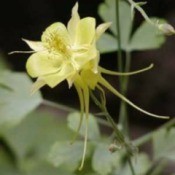
Growing ColumbineSow seeds in pots or directly into the ground in early spring to early summer. Seeds need light to germinate so do not cover them with soil, but press them lightly into the surface of the soil. Plants tend to die out in 3 to 4 years...
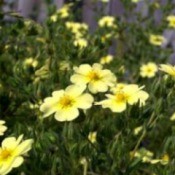
Growing Cinquefoil (Bush)Start from seeds by sowing in containers in a cold frame during the fall or spring. Starting in early summer and producing less toward fall, these low-growing plants flower longer over the course of a season than most other shrubs...

Growing CaladiumCaladium plants are also good choices for containers. Today's hybrids are the result of widespread breeding between tropical species.
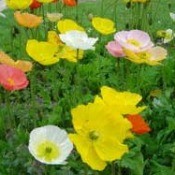
Growing: Iceland PoppyDespite being true perennials, Iceland poppies are usually grown as annuals or biennials. To use them as cut flowers, sear off stems with a lit match or lighter and place them in very warm water.
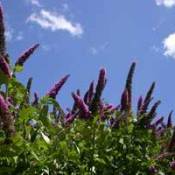
Growing Butterfly BushFor continuous flowers all summer, trim spent flower clusters off just above a set of leaves and plants will send out two new spikes to replace the one you cut off. As they name suggests, the Butterfly Bush is very attractive to butterflies...

Growing: AstilbePurchase a nursery raised pot containing numerous plants and divide them up when you plant them. For the first summer give them extra attention...

Growing Azaleas and RhododendronsSpring and fall are the best times to purchase and plant azalea and rhododendron clumps. If you buy whole balled or burlap wrapped plants, late summer is the best time for planting...
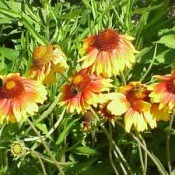
Growing Blanket FlowerStart seeds indoors 6 to 8 weeks before the last spring frost date or sow them directly into the ground in spring. Seeds need light to germinate so do not cover them, simply press them into the surface of the soil. . .
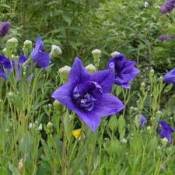
Growing Balloon Flowers (Chinese...In the spring, sow seeds directly into ground where you want them to grow. Keep sowing seeds up to 2 months before fall frost date. Seeds can be started indoors 6-8 weeks before transplanting.